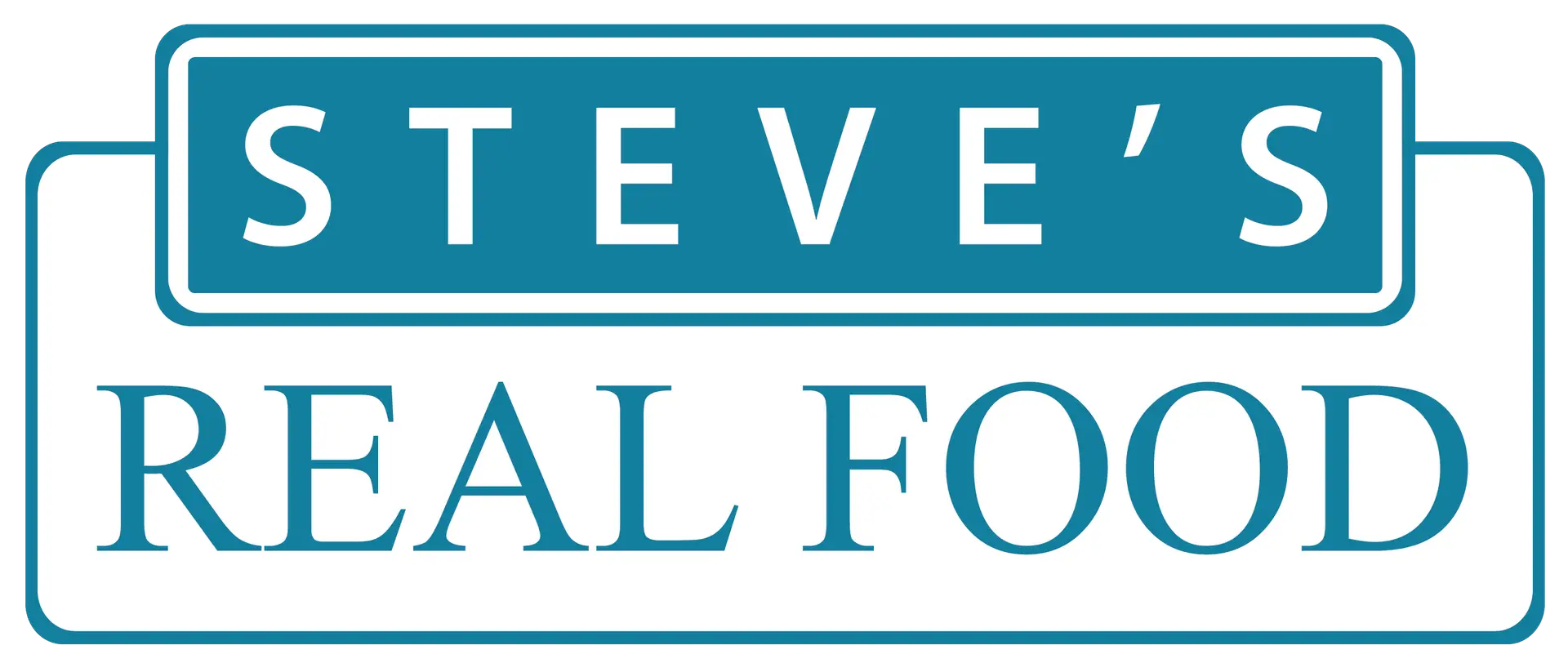Pet Food Allergies and Intolerances
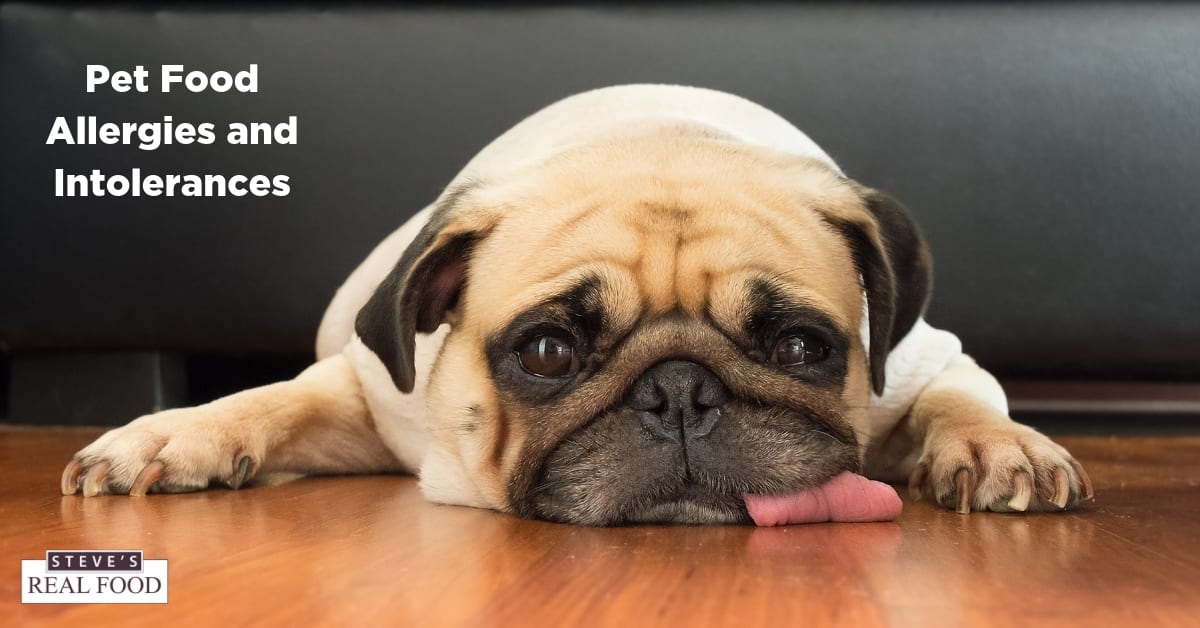
Although food allergy and food intolerance are both terms used when talking about unusual responses to food, they are different in several ways.
Giving Thanks With Our Pets

Gobble Gobble, it is almost Turkey day! At Steve’s Real Food we are thankful for many things, especially our pets which is why we want to share some helpful tips, and fun facts for you and your pets for this lovely holiday. Quick Fact: Thanksgiving is the number 1 holiday for emergency vet visits. This […]
The Benefits of Raw Pet Food
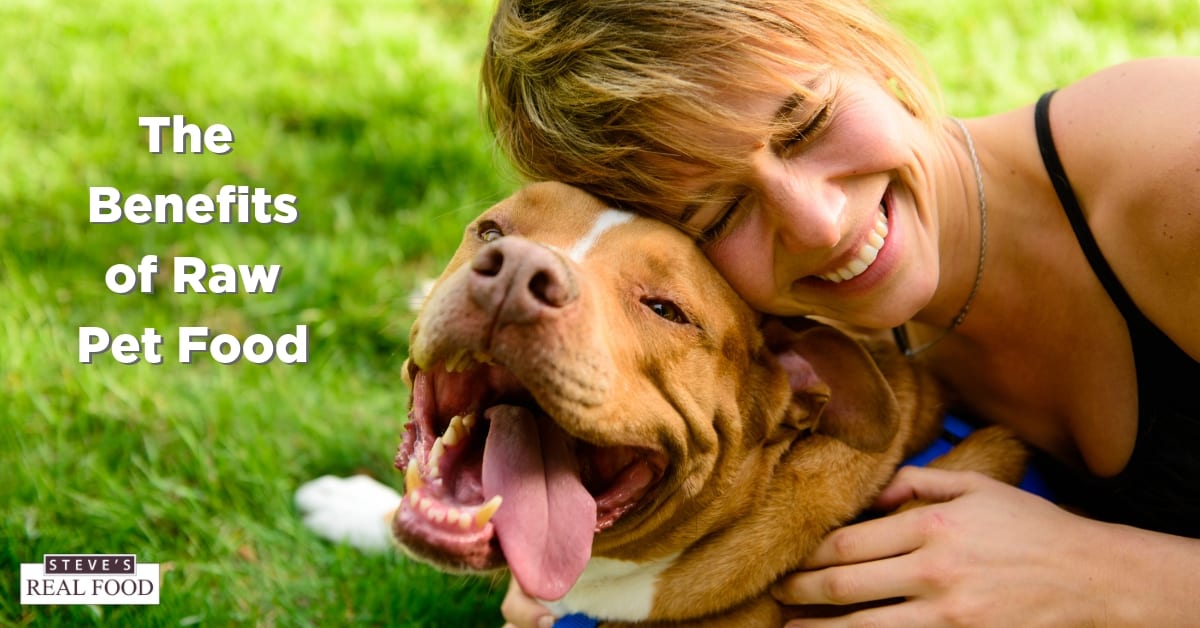
Did you know that the raw food sector is the fastest growing division in the pet food market? More people are finding out that just like unprocessed foods in human diets benefit them by improving their overall health, immunity, and vitality, so does raw food for their pets. Check out some of the amazing benefits that […]
Why Raw Goat Milk for Pets is so Great
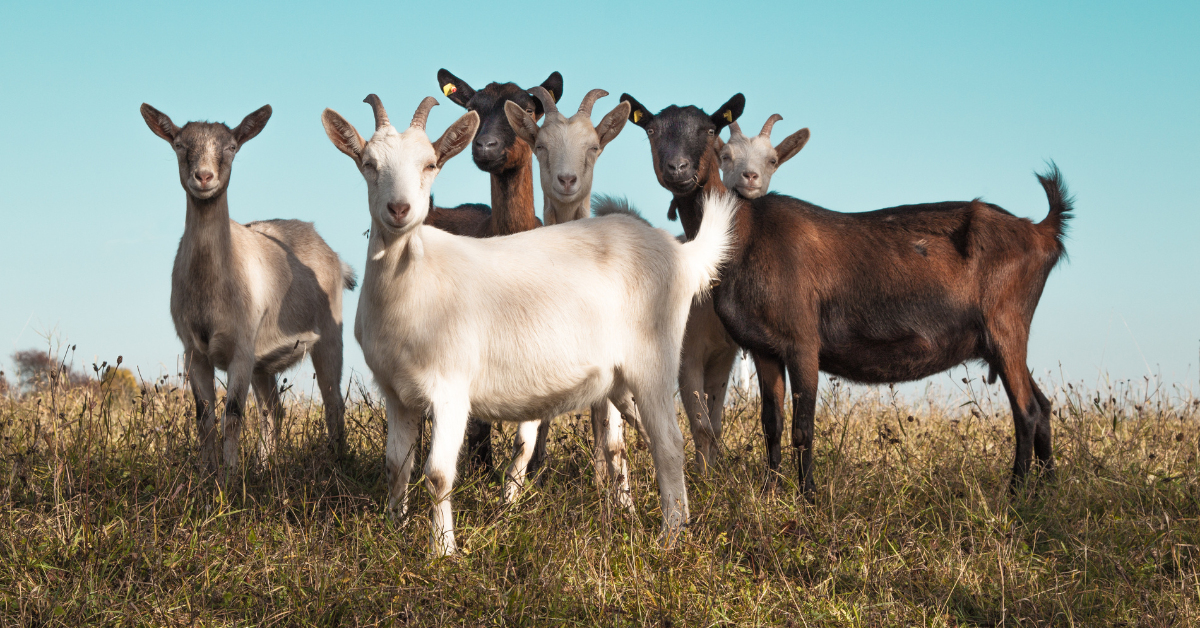
Let’s take a look at what those benefits are and how you can incorporate goat milk into your pet’s daily diet!
How Raw Pet Food Benefits Pet Mood/ Behavior

Episode 10 – Giddy Up! We’ve gone over some of the physical changes you will see in your pet when making the switch to a raw food diet, but you may ask: will this affect their mood/behavior too? You betcha! With all of the bioavailable nutrition, digestible protein, and biologically appropriate animal fats available in a […]
Benefits of Raw Pet Food on Dental Health
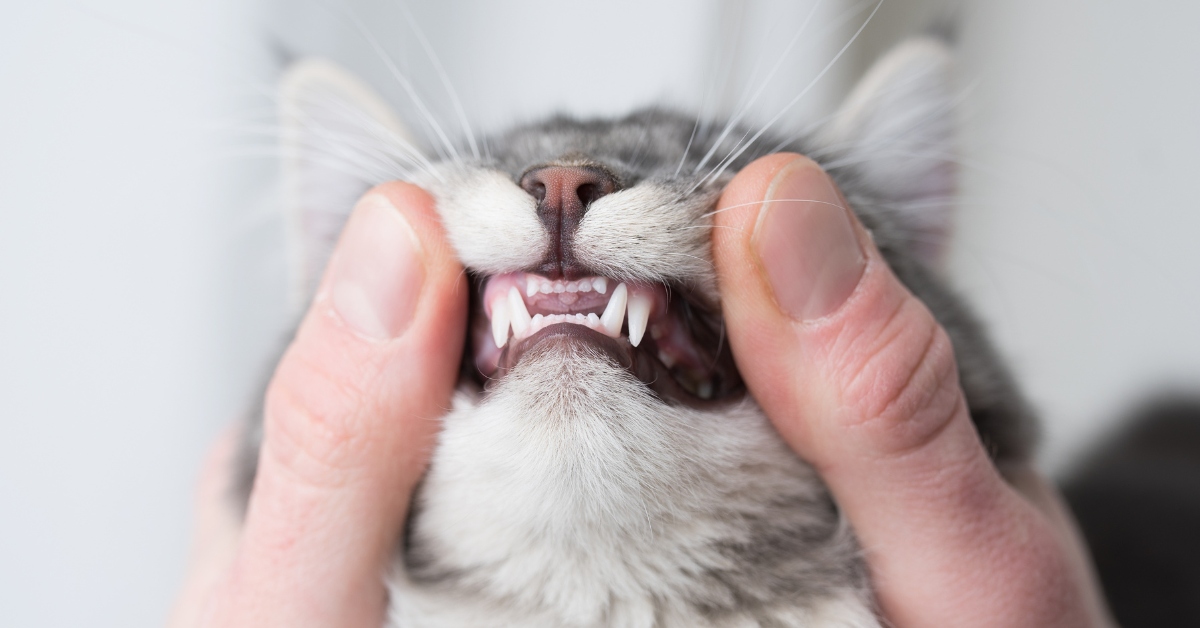
Episode 11 – Let Me See That Smile! Raw-fed dogs and cats tend to have healthier teeth and gums. I know, I know, we were all told for so long that the best way to clean our pet’s teeth was by feeding them a dry, crunchy food. But consider this: after you eat dry, crunchy […]
All About Pet Allergies

Episode 9 – Nothing to Sneeze About The phrase “my dog has allergies” may be one of the most common phrases uttered by pet parents, right after “who’s a good boy?”. But why are there so many pets with so many allergies out there? Was it always this way? And what can we do to combat […]
How Raw Food Helps Trim Down and Build Up Your Pet

Episode 8 – Finding the Balance According to a 2016 survey by the Association for Pet Obesity Prevention, 59% of cats and 54% of dogs in the US are overweight, and those percentages are growing every year. That’s incredible! Mostly, it’s incredibly sad. Most people know that obesity is dangerous, but many pet parents seem to […]
How Raw Food Helps with Skin/Coat and Pest Mitigation
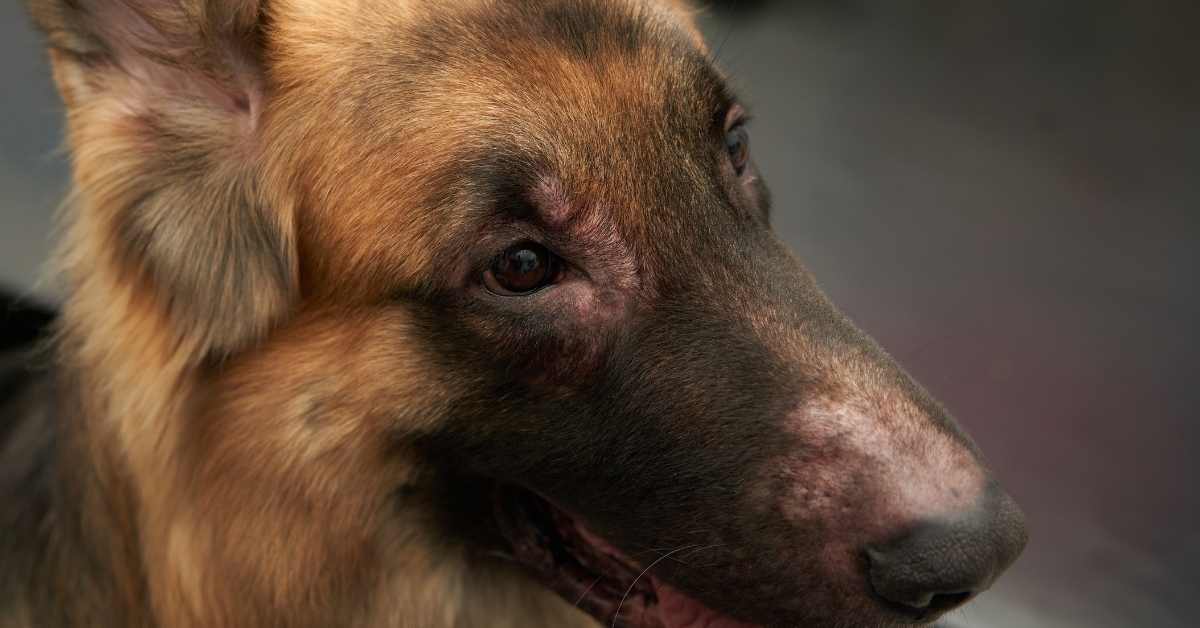
Episode 7 – It’s What’s on the Outside That Counts Let’s face it: we all want to have pretty (or handsome) pets. We all love to see soft, shiny fur on our precious darling cats and dogs. Not only do we like the way pretty fur looks and feels, but we know that it means […]
The Benefits of Raw Food for Digestion
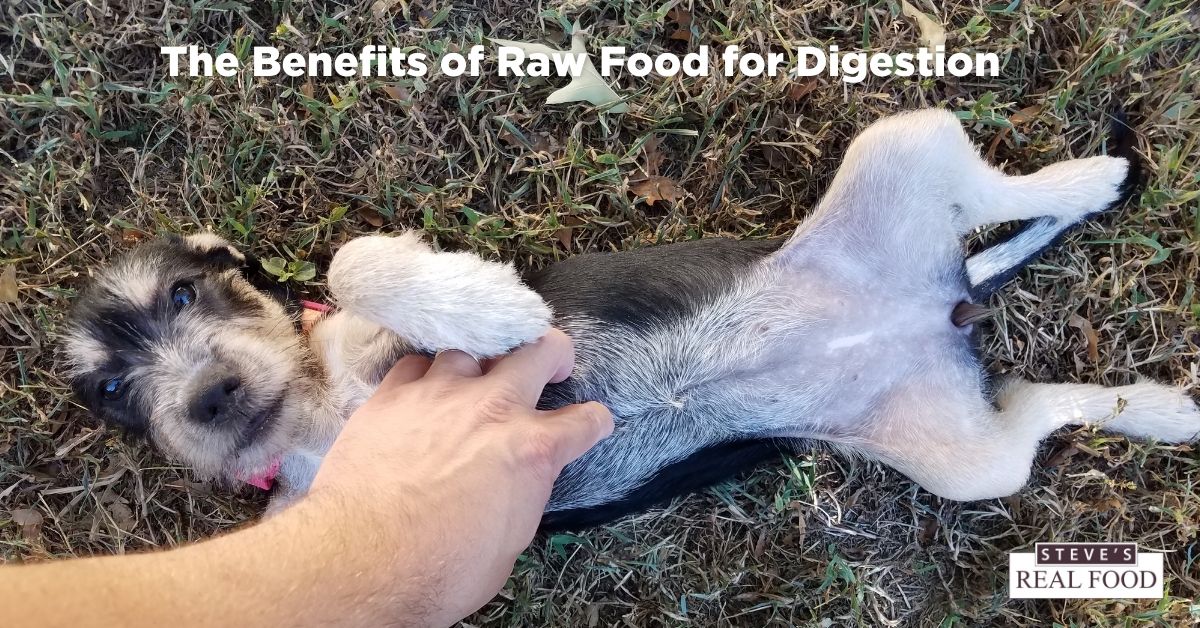
Episode 6 – In One End… You may often hear about how digestible raw food is, but is there any proof of why? There sure is! In this post, we will go through how and why raw food is easier for pets to digest and how, as a result of that, your pet will […]
